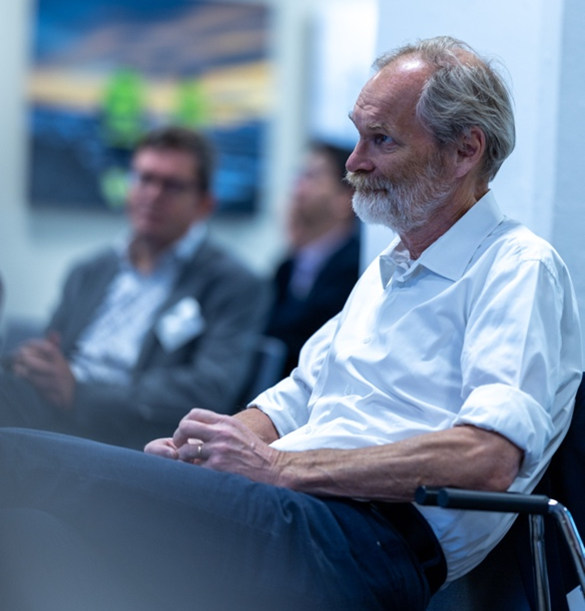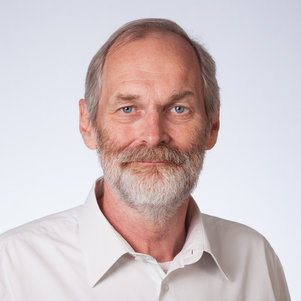Emeritus Professor Sietsma gifts Jacob Wallenberg grant to Materials Science and Engineering department
During his 36-year career at TU Delft’s Materials Science and Engineering (MSE) department, Professor Jilt Sietsma has demonstrated a commitment to research, education, and social responsibility. His recent grant from the Jacob Wallenberg Foundation helped enable an upgrade to one of the department’s optical microscopes that will benefit students and researchers for years to come.
Officially retired since spring, Professor Sietsma first came to TU Delft as a student in 1974. After completing a PhD at the Energy Research Centre of the Netherlands and a brief stint in industry, he returned to TU Delft as an assistant professor in 1987. Since then, he has worked in the MSE department, where his research has focussed mainly on steel in the last 25 years. “I like the topic a lot because steel poses--= many challenges of scientific interest and societal importance, and I like a working with young people,” said Sietsma. “It's challenging, but it's also nice to see young people develop and grow into the next stage of their career.”
When he learned about the grant from the Jacob Wallenberg Foundation, Sietsma said it was unexpected. Founded in 1974 by Swedish firm SKF, a key industrial partner of the MSE department, the foundation supports research in the field of materials science. “I've worked quite a lot with SKF over the years, and somebody there took the initiative to propose me for the grant without me knowing about it,” he said. “I've never had something like that; I was very pleasantly surprised.”
Upgrade and impact
It was optical microscopy lab manager Durga Mainali who had the idea of upgrading the microscope, said Sietsma. “A stereo light microscope is a good solution for both macroscopic and microscopic analysis for all types of materials,” said Mainali. With the grant and an additional contribution from the MSE department, they purchased a new camera, software, and monitor for the existing Olympus SZX9 Stereo optical microscope that had not been used for several years. “This will definitely help our students do their research,” said Mainali. “We, as a department, were lucky to have Jilt as a great colleague and I wish him the best of luck in his retirement.”
Jilt is well-known for his excellent scientific contributions, which are of huge quality and impact, optimally combining fundamental research and application
Professor Maria Santofimia Navarro
But Sietsma’s legacy goes beyond the generous gift of the grant, said Professor Maria Santofimia Navarro. “Jilt is well-known for his excellent scientific contributions, which are of huge quality and impact, optimally combining fundamental research and application. His extraordinary role in steel’s research and development at national and international levels is undebatable. He is also especially known for his humanity. Jilt rarely puts himself in the centre of attention. He prefers to provide the opportunity to others so they can show their potential. Jilt is considered by students as an excellent and inspiring teacher and is remembered as an extraordinary mentor by the researchers that he has supervised.”

Reflections
Retirement is a transition for Sietsma, who still advises several PhD students, is involved with the new TU Delft campus in the Hague, and sits on the steering committee for the national Groeien met Groen Staal (Grow with Green Steel) programme. Looking back on the impact of his career, Sietsma said: “The way I see it is the scientific information developed from my work didn't change the world, but it helps to understand metals better. The knowledge on metals has improved and I have contributed a bit to that. What I have also tried to do is educate young people as an engineer, as a scientist, as a person, also with an eye on societal importance. Not only teaching them about metals, but also knowing what it means to be an engineer or a doctor in society. I have tried to make them ready for the materials transition to sustainability that they need to accomplish in the coming decades or even decade.”
